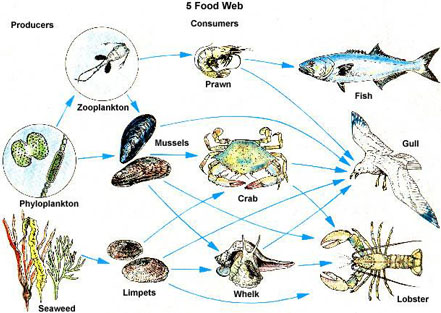| |







|
|
What is "The Systems Biology" approach?
Systems biology is a relatively new branch in science that involves molecular biology. However, many people are not aware of what Systems biology is because of its novelty. Systems biology requires a gene map, a wide variety of basic scientific knowledge, cooperation between many different media, new methods, and non- linear thinking.
Systems biology is different from the usual approach to science where something is taken apart and observed piece by piece; it seeks to look at a "bigger picture" (the system).
The ways in which the system works are called networks. One example of a common system is lakes, and the food chains that operate within them are networks. A node is a part of the network, like the mussel population or fish population. A chain reaction occurs when one of the main nodes of the network is affected by some factor (for instance in the food chain one main node could be the segull population). The entire system is affected when one node is affected.

How does The Institute for Systems Biology put Systems Biology into Practice?

ISB was co-founded in 2000 by Dr. Leroy Hood, an immmunologist and technologist, Dr. Alan Aderem, an immunologist and Dr. Ruedi Aebersold, a protein chemist. The founders, coming from different scientific fields, set up ISB as an example of indisiplinary collaboration, one of the core ideas of systems biology. Systems biology research integrates experimental data with coherent models. Microarrays, DNA sequencing and mass spectrometry are used to collect data, and high-density data storage arrays and database frameworks manage these massive amounts of raw data. Data management is important in the Systems Biology approach so that data can remain current and can be shared among people.
Bioinformatics tools and genomic databases are used to organize raw data, correlate it with other sources, and identify patterns and trends.
|
|